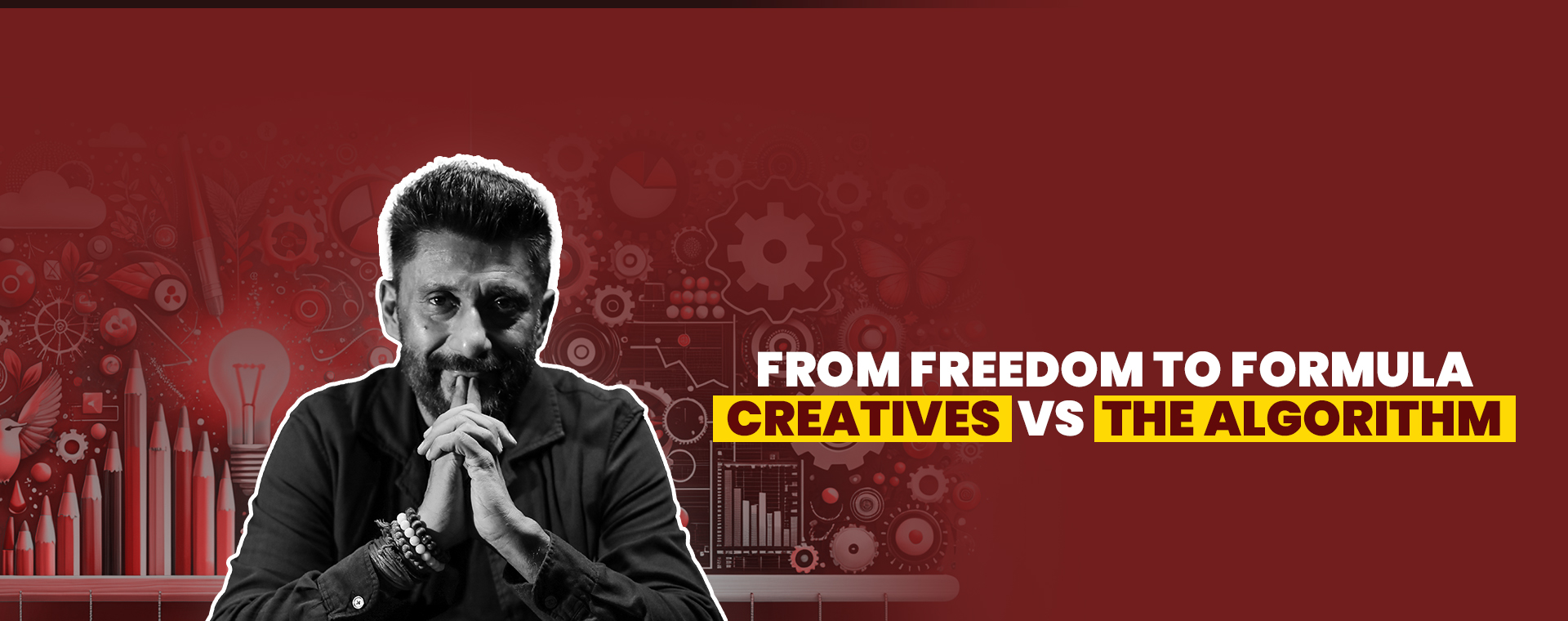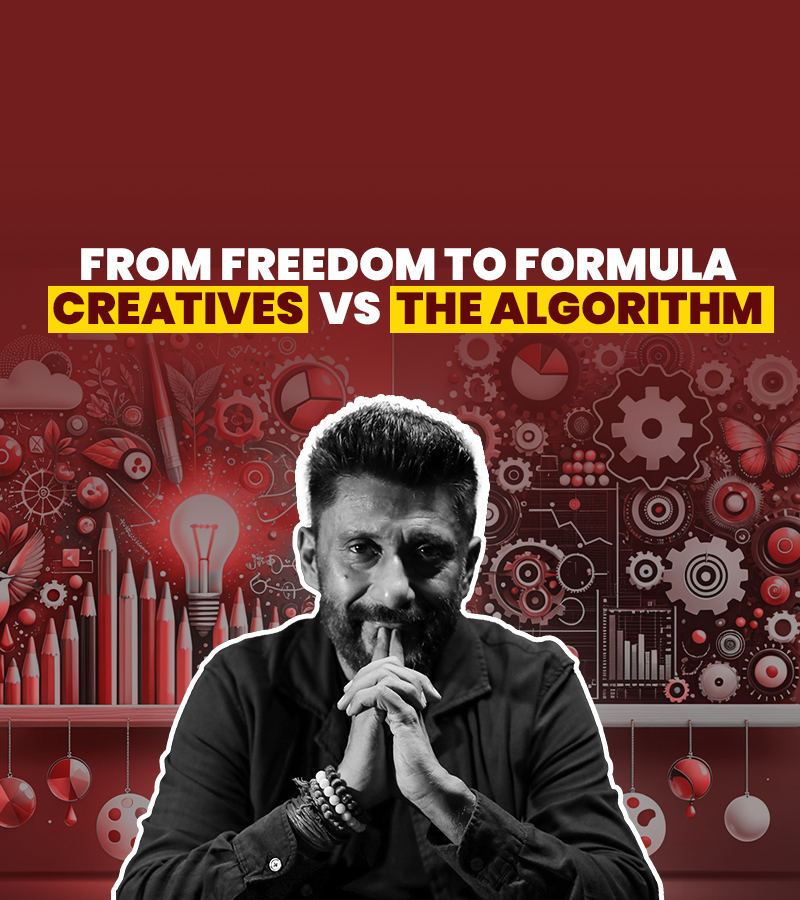

Digital Censorship in the Age of Algorithms: A Creative’s Struggle for Free Speech
User safety or creative suppression?
In a sea of curated posts, a creative’s drive to reach a wider audience often clashes with a persistent challenge: the pesky algorithm. Gone are the days of traditional censorship; we’ve moved towards a more unseen gatekeeper that prioritises viral, clickable content over more profound, provocative ideas.
Creatives who once depended on digital platforms to make their voices heard are now shackled to a system that favours the mainstream over the meaningful. And the main struggle in their minds isn’t just about reaching audiences but also retaining creative authenticity in a world that follows a formula for creation.
Algorithms: The Gatekeepers of Authenticity
When we think of censorship for creatives, we often envision critics, the censor board, or sometimes government regulations. But, in today’s day and age, the unseen gatekeepers are standing strong in the form of platform algorithms. They hold the power to control what is allowed to thrive online. They’re driven by engagement, ad revenue, and user behaviour, conveniently abandoning thought-provoking content in favour of content that offers instant gratification or makes a controversial splash. This scenario makes artists and filmmakers grapple with the reality that their creative expression is being tamped down, not for lack of quality but because it doesn’t meet a certain algorithmic checklist.
Imagine the work of filmmakers tackling sensitive subjects or presenting unconventional viewpoints. Their reach and engagement are already niche and further dilutes when algorithms filter the audience. A film focusing on social issues must reach a wider audience rather than being tagged as “sensitive” or “restricted” by an algorithm with an imprecise understanding of context. Granted, these systems are designed to protect users, but they inadvertently also suppress authentic voices.
Blurring Moderation and Censorship
Digital platforms have evolved from being mere content hosts to becoming moderators. But their algorithms blur the lines between moderation and censorship. There is definitely a need for content moderation in a growingly digital-forward world, but it also creates a paradox. While these algorithms filter out harmful and inappropriate content, they aren’t successful in segmentation, often silencing unorthodox creative expression in the name of restriction.
Artistic voices depicting political satire, experimental art, and social documentaries feel vanquished for expressing ideas too provocatively, facing the risk of being flagged. For instance, in 2018, Facebook’s algorithm mislabelled photographer David Wojnarowicz’s artwork as inappropriate when in reality, it was part of an exhibit highlighting AIDS and LGBTQ+ issues.
In an ironic twist, online algorithms promote the wrong kind of sensationalism. When social pieces of work need to be promoted, algorithms give preference to content that provokes instant emotional reactions, but only something that gets an engagement boost. These pieces of content are often divisive and controversial without having any substantial weight.
How to Thrive in an Algorithm-Driven World?
Maneuvering algorithmic censorship can be tricky but as a creative, you aren’t powerless. Some creators have blended authenticity and platform survival beautifully through strategies.
Contextual Coding: For filmmakers who want to perform political commentary, the key is to keep it subtle. Rather than putting your messaging in the audience’s face, layer your narrative in a nuanced manner. Embed the context without triggering algorithmic filters.
Platform Diversification: Relying solely on one platform is putting all your money in one gamble. Diversifying to multiple platforms like Vimeo, Patreon, and Substack can reduce the risk of algorithmic silence.
Community Building: While algorithms can gatekeep, a loyal community will ensure you receive the visibility you deserve. Creatives who focus on building communities through newsletters, personal websites, channels, or in-person events can build direct relationships with their audience. This reduces your dependency on the platform and creates a supportive group that makes it possible to bypass algorithmic appeasement.
Beyond the Algorithm
We’re reliving the same battle of censorship vs. creative freedom that artists have been fighting for decades. Only this time, the digital realm which was one heralded as the democratizer of art and expression is now trying to take over.
This shift isn’t just a call for action but rather a reevaluation of the platforms and how dependent we are on them. Are we ready to live in a world where the flashiest content wins or are we going to fight for our true selves, removing these constraints without losing our voice?
Share your thoughts with us on what you think creatives should do straddling the fine line between user safety and creative suppression.






